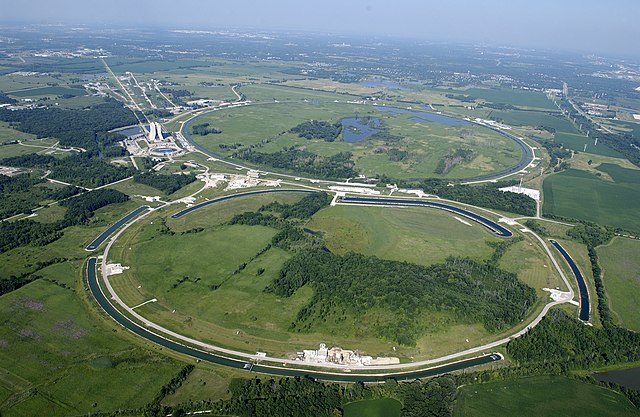Big science is a term used by scientists and historians of science to describe a series of changes in science which occurred in industrial nations during and after World War II, as scientific progress increasingly came to rely on large-scale projects usually funded by national governments or groups of governments. Individual or small group efforts, or small science, are still relevant today as theoretical results by individual authors may have a significant impact, but very often the empirical verification requires experiments using constructions, such as the Large Hadron Collider, costing between $5 and $10 billion.
In 1977 the completion of the Shiva laser at LLNL ushered in a new field of big science: laser fusion.
Enormous superconducting synchrotron particle accelerators with circumferences of many kilometers are the exemplars of Big Science. Shown above is the Fermilab Tevatron.
The scientific method is an empirical method for acquiring knowledge that has characterized the development of science since at least the 17th century. The scientific method involves careful observation coupled with rigorous scepticism, because cognitive assumptions can distort the interpretation of the observation. Scientific inquiry includes creating a hypothesis through inductive reasoning, testing it through experiments and statistical analysis, and adjusting or discarding the hypothesis based on the results.
Flying gallop as shown by this painting (Théodore Géricault, 1821) is falsified; see below.
Muybridge's photographs of The Horse in Motion, 1878, were used to answer the question of whether all four feet of a galloping horse are ever off the ground at the same time. This demonstrates a use of photography as an experimental tool in science.
A famous example of discovery being stumbled upon was Alexander Fleming's discovery of Penicillin. One of his bacteria cultures got contaminated with mould in which surroundings the bacteria had died off; thereby the method of discovery was simply knowing what to look out for.





